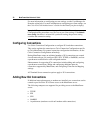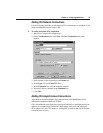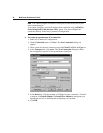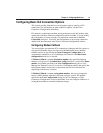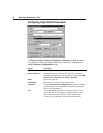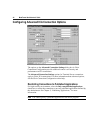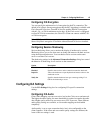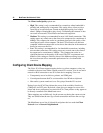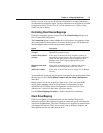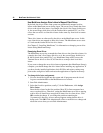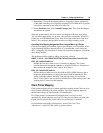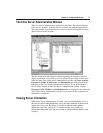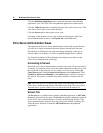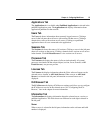
0HWD)UDPH$GPLQLVWUDWRUªV*XLGH
The Client Audio Quality options are:
u
High. This setting is only recommended for connections where bandwidth is
plentiful and sound quality is important. This setting allows clients to play a
sound file at its native data rate. Sounds at the highest quality level require
about 1.3Mbps of bandwidth to play clearly. Transmitting this amount of data
can result in increased CPU utilization and network congestion.
u
Medium. This setting is recommended for most LAN-based connections. This
setting causes any sounds sent to the client to be compressed to a maximum of
64Kbps. This compression results in a moderate decrease in the quality of the
sound played on the client computer. The host CPU utilization can decrease
compared with the uncompressed version due to the reduction in the amount of
data to be sent across the wire.
u
Low. This setting is recommended for low-bandwidth connections, including
most modem connections. This setting causes any sounds sent to the client to
be compressed to a maximum of 16Kbps. This compression results in a
significant decrease in the quality of the sound. The CPU requirements and
benefits of this setting are similar to those of the Moderate setting; however,
the lower data rate allows reasonable performance for a low-bandwidth
connection.
&RQILJXULQJ&OLHQW'HYLFH0DSSLQJ
The Citrix ICA Clients support mapping devices on client computers so they are
available to the user from within a remote control ICA session. You do not need a
network or RAS connection to use ICA client device mapping. Users can:
u
Transparently access local drives, printers, and COM ports
u
Cut and paste between the ICA session and the local Windows clipboard
u
Hear audio (system sounds and .wav files) played from the ICA session
During logon, the ICA Client informs the server of the available client drives,
COM ports, and LPT ports. By default, client drives are mapped to server drive
letters and server print queues are created for ICA Client printers so they appear to
be directly connected to the MetaFrame server.
These mappings are available only for the current user during the current session.
They are deleted when the user logs off and recreated the next time the user logs
on.
The MetaFrame server lists all client disk and printer devices under the Client
Network icon in Network Neighborhood.



